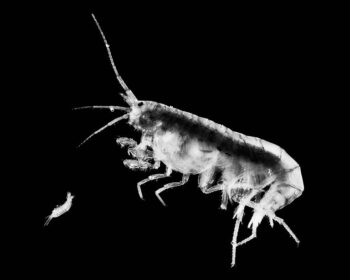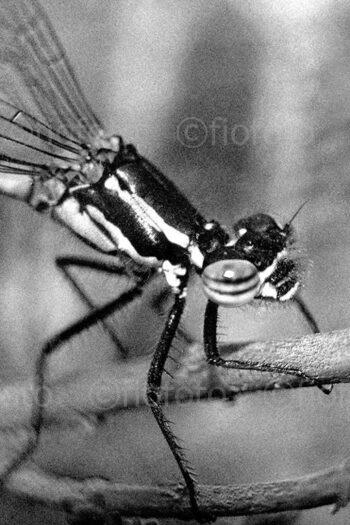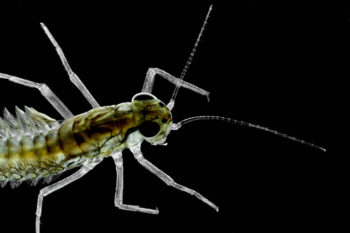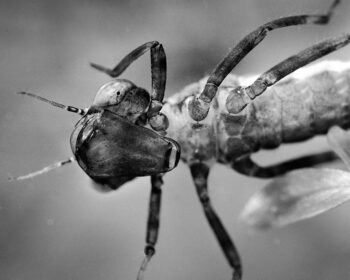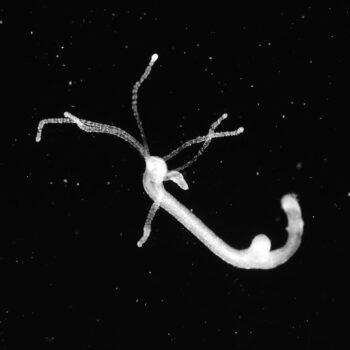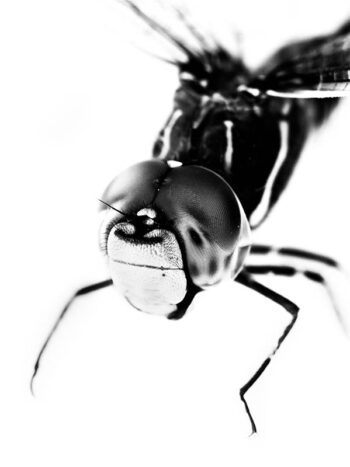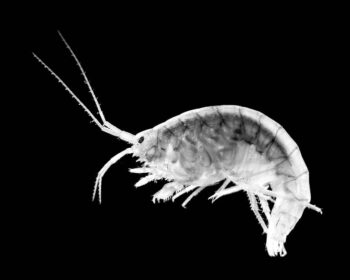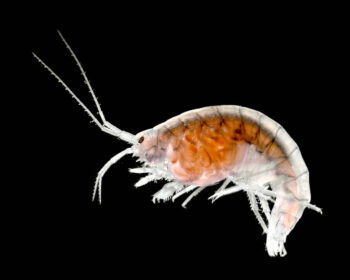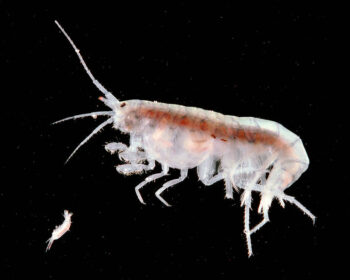Daphnia, commonly known as water fleas, are small freshwater crustaceans belonging to the order Cladocera. They are widely distributed and play significant roles in aquatic ecosystems. Key points about Daphnia:
Appearance – Daphnia are typically transparent or translucent, allowing their internal organs to be visible under a microscope. They have a relatively streamlined body with a single compound eye and a pair of antennae for sensing their environment. Their most distinctive feature is a series of thoracic limbs that they use for swimming and filtering food particles from the water.
Habitat – Daphnia are found in a variety of freshwater habitats, including lakes, ponds, rivers, and even temporary water bodies like puddles. They prefer clean, well-oxygenated water and are often most abundant in environments with abundant planktonic algae, which serve as their primary food source.
Feeding – Daphnia are filter feeders, meaning they extract food particles from the water using specialized structures called thoracic limbs. They primarily feed on phytoplankton, bacteria, and other organic particles suspended in the water column. Daphnia play a crucial role in controlling algal blooms by grazing on algae and keeping their populations in check.
Reproduction – Daphnia exhibit both sexual and asexual reproduction, depending on environmental conditions. Under favorable conditions, they reproduce asexually through a process called parthenogenesis, in which females produce genetically identical offspring without mating with males. During periods of environmental stress or crowding, sexual reproduction occurs, with females producing eggs that are fertilized by males to produce resting eggs called ephippia. These ephippia can survive harsh conditions and hatch when conditions improve, allowing Daphnia populations to persist over time.
Ecological Importance – Daphnia are an essential component of freshwater food webs and serve as a vital link between primary producers (such as algae) and higher trophic levels, including fish and predatory invertebrates. They are a primary food source for many aquatic organisms and play a crucial role in energy transfer and nutrient cycling within aquatic ecosystems.
Research Model – Daphnia are widely used as model organisms in ecological and toxicological research due to their sensitivity to environmental changes and their short reproductive cycle. They are particularly valuable for studying the effects of pollutants, such as heavy metals and pesticides, on aquatic ecosystems, as well as for investigating the impacts of climate change on freshwater communities.
Daphnia are tiny but ecologically significant organisms that contribute to the health and stability of freshwater ecosystems worldwide. Their sensitivity to environmental changes makes them valuable indicators of water quality and important subjects for scientific study.
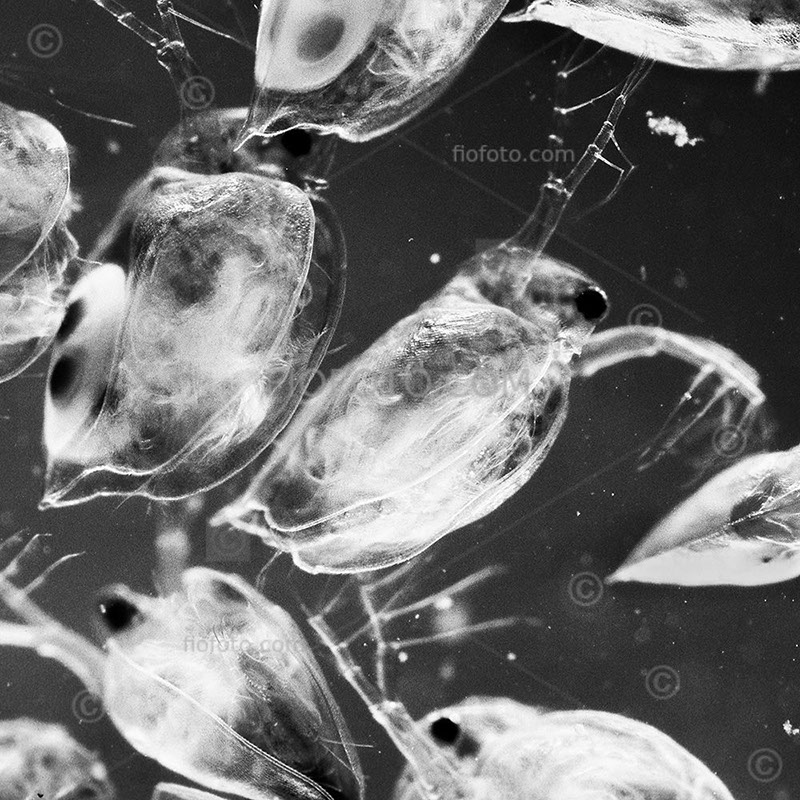
 Custom sizes: Custom size prints may also be available, contact us for availability quoting the image reference number.
Custom sizes: Custom size prints may also be available, contact us for availability quoting the image reference number.
